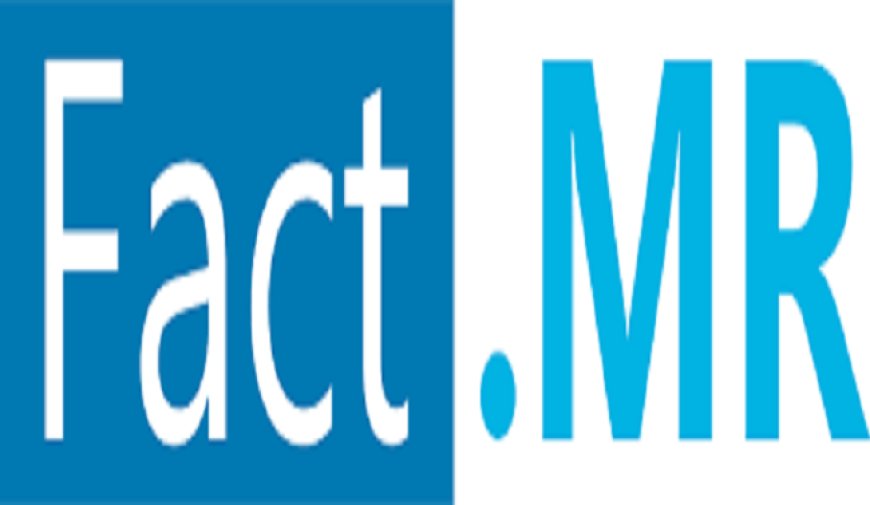Advanced Hospital Services Increase Demand for Generator Transfer Switches
The transfer switches market has been valued at USD 1.6 billion in 2023 and is likely to grow steadily with a CAGR of 7% by 2033.

The transfer switches market has been valued at USD 1.6 billion in 2023 and is likely to grow steadily with a CAGR of 7% by 2033. A transfer switch is an important mechanism that safely connects or disconnects different electrical sources from an electric load. Most of the residential spaces and businesses always have standby generators during power outages. Also, many businesses and college campuses generate their own electricity on site but use the local grid for some of their electricity. Transfer switches prevent electricity backfeed onto the electric grid, such as from a private generator into a house, for safe and effective power management.
Transfer switches are devices that transfer critical load connections essentially between the primary and backup electrical power sources. When the regular power source fails, many facilities turn to emergency power sources like generators or backup utility feeds; transfer switches automate this process without human involvement for many facilities, including data centers, factories, hospitals, and other vital infrastructures.
Increasing demand from the power and transmission industries, along with supportive government policies and extensive reforms for integration into renewable sources of energy, is boosting the sales of transfer switches. Segmentation of transfer switches can be done in automatic and manual categories. Automatic transfer switches dominate the market presently by virtue of higher reliability and faster response at the time of failure.
In 2019, ABB launched its OTM series of small automatic transfer switches in China. The OTM series of power source automatic switching is used to ensure a safe and reliable electricity supply to grid terminal loads in residential and commercial buildings, fire safety systems, manufacturing, data centers, etc.
Transfer switches are also segmented based on transition modes: open, closed, delayed, and soft load. An open transition transfer switch makes contact with one power source before breaking contact with the other. Differently, closed transition transfer switches are connected to a new power source before being disconnected from the current one. This is suitable for applications where there can be no interruption to the power supply. A delayed transition transfer switch breaks contact with one source and then briefly pauses before connecting to the alternate source. A soft transfer transition switch synchronizes generator power with utility power before transitioning between sources.
Key Takeaways from Market Study
The global transfer switches market is expected to reach USD 3.1 billion by 2033. The market for transfer switches in Canada is predicted to expand at a CAGR of 5% during the forecast period from 2023 to 2033. Meanwhile, sales of transfer switches in China are anticipated to rise at a CAGR of 9% during the same period. Worldwide demand for automatic transfer switches is projected to increase at a CAGR of 7.5% from 2023 to 2033.
List of Key Companies Profiled in The Report
- Belkin International, Inc.
- Cummins, Inc.
- Kohler Co.
- APC by Schneider Electric
- GE Grid Solutions
- Raritan Americas, Inc.
- Generac Power Systems, Inc.
- Luminous Power Technologies Pvt., Ltd.
- Connecticut Electric, Inc.
- Camsco Electric Co., Ltd.
- Others
Competitive Landscape
Major market participants are heavily investing in the development of advanced transfer switches, aiming to boost their revenue growth and strengthen their market position.
In October 2021, Schneider Electric unveiled its Next-generation TransferPacT Automatic Transfer Switching Equipment (ATSE). This line of high-quality, compact, modular intelligent automatic transfer switches ensures a reliable power backup with enhanced scalability and dependability. The TransferPacT Automatic offers simple settings and an intuitive user interface, while the TransferPacT Active Automatic provides additional options and can be connected to an external HMI for more comprehensive control.












